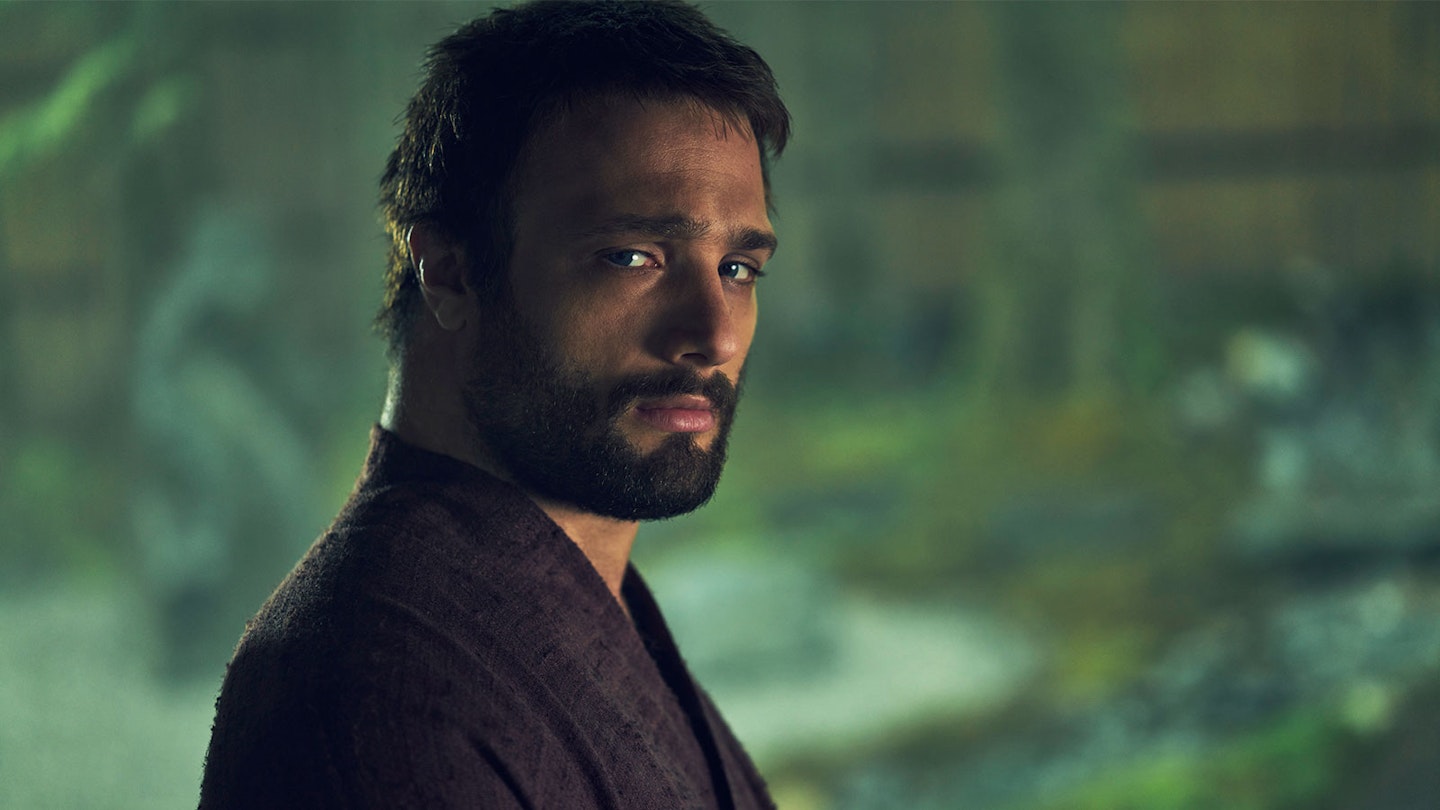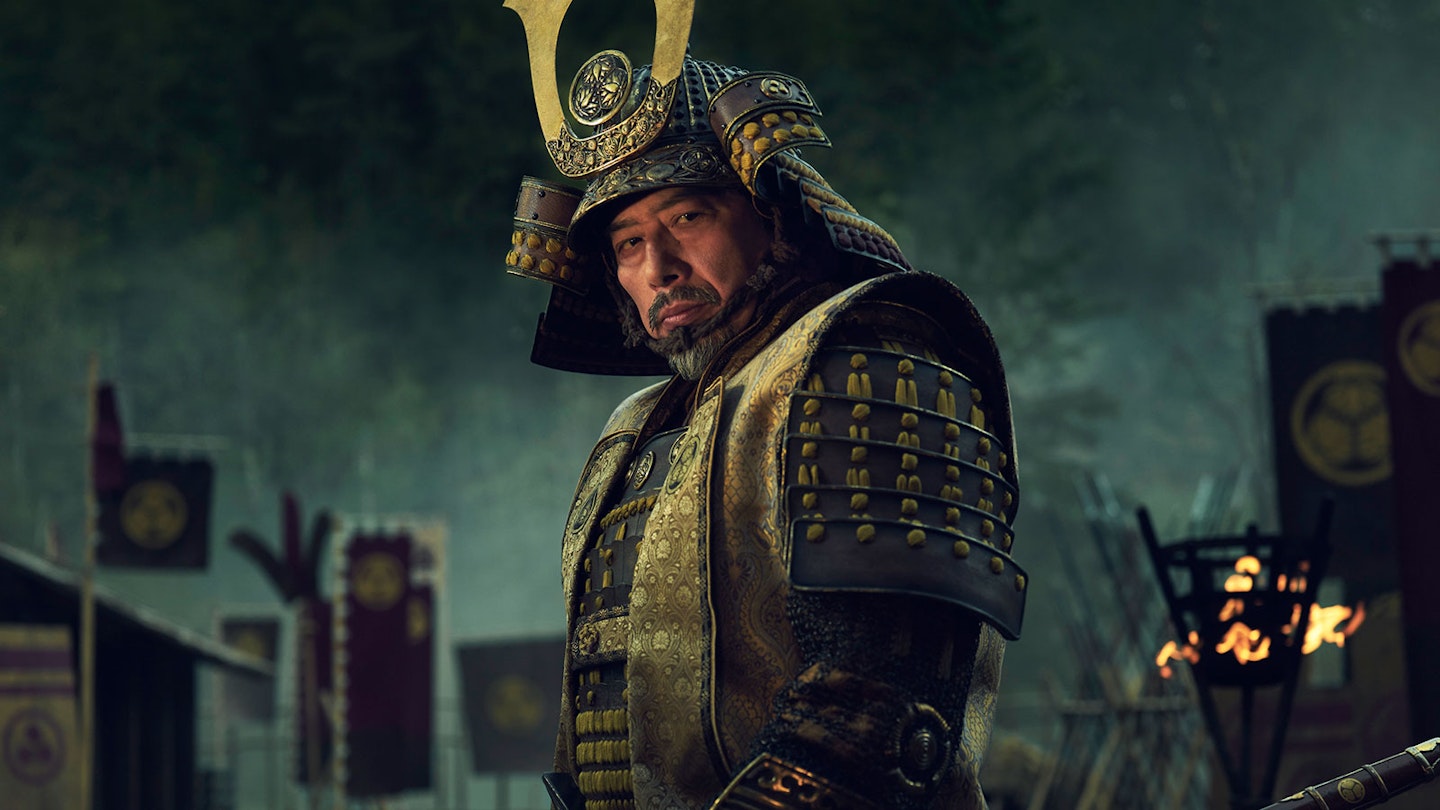Streaming on: Disney+
Episodes viewed: 2 of 10
James Clavell’s 1975 historical fiction novel Shōgun was first adapted for TV in 1980. As with that earlier effort, this new adaptation — creatively led by Top Gun: Maverick writer Justin Marks and his wife Rachel Kondo — is set during a time of upheaval in Japan: five warring factions seek ultimate control of the country, whilst the Portuguese import of Catholicism hopes to control its soul. Seeking ascendancy from all this societal fraying are this series’ three key characters: the measured but militant Lord Yoshii Toranaga (Hiroyuki Sanada), his opportunistic, freshly beached advisor John Blackthorne (Lady Macbeth’s Cosmo Jarvis) and their Catholic-convert translator Toda Mariko (Anna Sawai, recent star of Monarch: Legacy Of Monsters).

Together the trio attempt to control — or become — cogs in the machine of power. Their devious, often violent mechanics would feel at home in the halls of Westeros, the plot growing knottier as honour, debt and deception entwine.
Cosmo Jarvis’ performance is compelling, more for its unpredictability than its comprehensiveness: his twitchy physicality and poison-dart eyes are magnetic, even if his barrelling line-delivery sails dangerously close to Toast Of London territory. In contrast to Jarvis, Sanada’s subdued lord ripples with menace, micro-expressions of warfaring arithmetic revealing his tactical mind. One hopes that, as the series progresses (only two episodes of ten were made available), Anna Sawai is rewarded with more to do; her flashes of screen-time show a character torn in duty and spirituality, cloaked in a performance of stoicism.
Their pursuits are captured superbly, from swirling, surf-smacked cinematography in one moment, to gently ebbing, awe-inspiring seascapes the next; here, the landscapes of terror and beauty are precariously balanced. Perpetually bathed in mist, the camera regularly creeps forward through water, forests and palaces hesitantly discovering new lands, anxiously aware of the silent assassins at the frame’s edge. Within it are elegantly costumed characters draped in finely detailed silks and ornate, cascading armour that glows in the fog of war – whether in a vista or a candlelit portrait, it’s all very screenshot-able.
